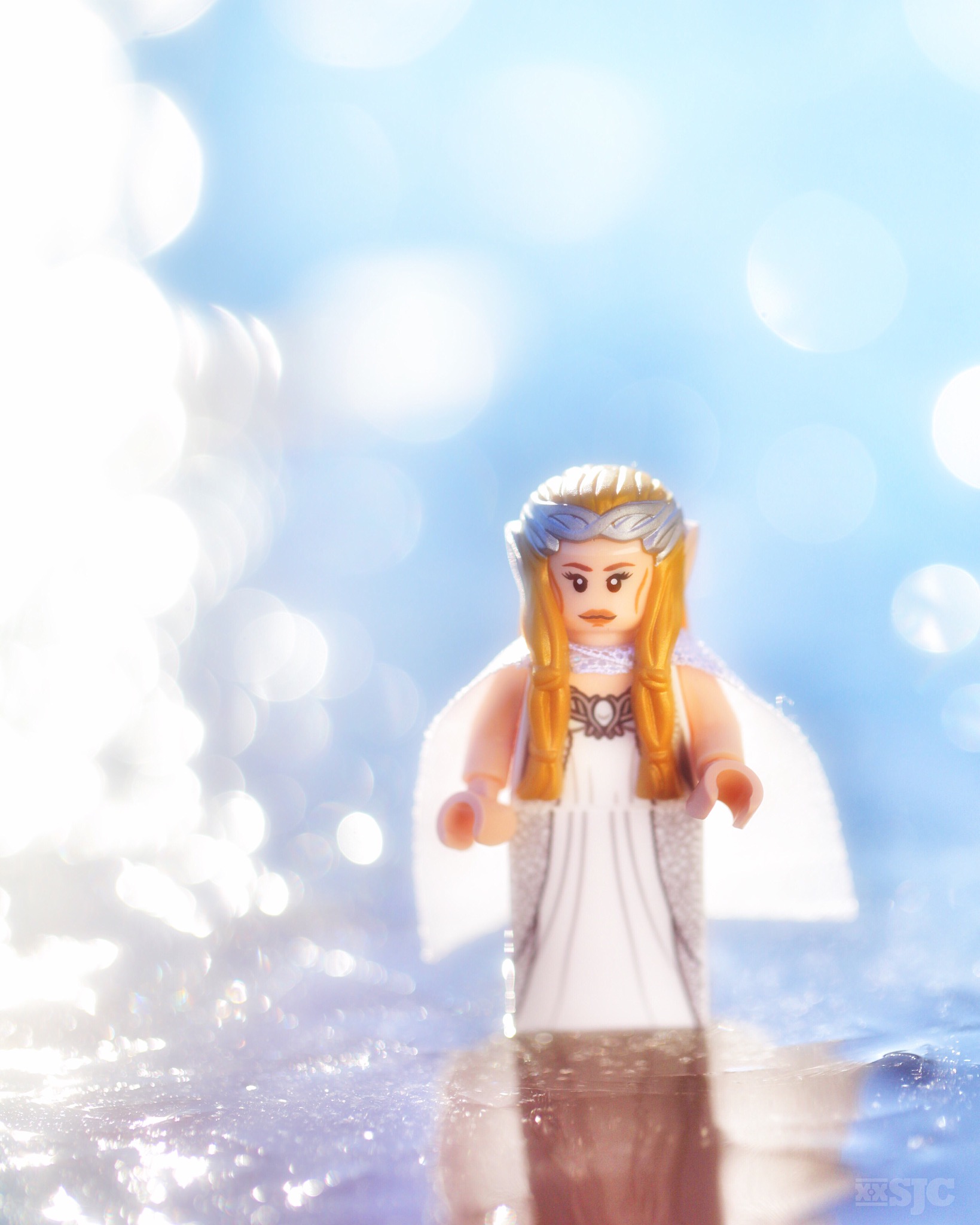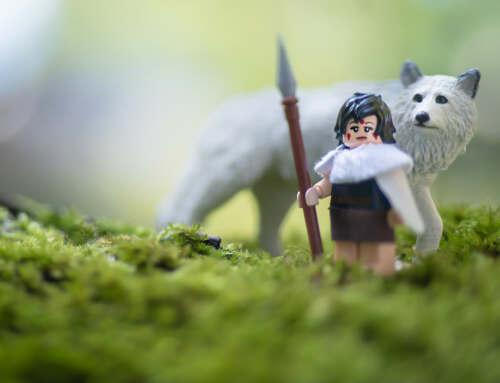I was asked to write a blog post about photo editing. I’m probably not the best person for this job because I try to do as little as possible. I try to capture the image I’m looking for ‘in-camera’. While I know there are many photographers that do amazing work creating luscious photos from their imagination using Photoshop, (Zenith_Ardor comes to mind) ; that’s not me. So for now, I will simply get the conversation started.
With so many people new to photography the question of should I edit and how much is quickly followed by which apps should I use?
I will tackle the first question then guide you to some tried and true apps to help you realize your vision. Because that’s what editing is for, a tool to help you to realize your vision and to help you to tell your story more effectively.
Personally I always think you should edit your photos to some degree, be it to adjust contrast, density, etc., or simply to remove distractions like dust spots; it’s a rare photo that doesn’t need a little editing love. Of course how you do it, and to what degree, is an artistic choice that only you can make. Through the magic of editing you will not only improve your photographs, but you can create a unique image style.
When it comes to editing Photoshop, Lightroom and Aperture (RIP) are your best friends. For non destructive editing and the ability to create magic from nothing, Photoshop is the ‘go to’ application for almost every serious photographer. You need to know this app to be able to edit your photographs with ultimate control, create the perfect lightsaber effects, combine unusual backgrounds with your toys and to remove those pesky strings and wires that help make your toys ‘fly’. At some point, you will need to know how to utilize Photoshop.
But like all things, you don’t want to overdo your edits. Spectacular edits will only take you so far, you need to have a story to tell; otherwise they will only be a distraction to the original image. Your edits should enhance your photograph, not distract from it. Also too much change can degrade an image to the point that it can only be enjoyed in small scale. The larger you plan to print your image, the closer it needs to be to the original file. It’s amazing what looks good small, looks down right awful when you enlarge it. If you’re planning on exhibiting your work, my advice would be to skip the crazy filters and keep it simple. If you create a great image in-camera, your edits should only enhance what’s already there, rather than overwhelm it.
But I’m also a realist. When your primary means of exhibiting your images is through a social media channel, sometimes you need to add a bit of “Wow” to get noticed. Luckily there are many apps that will let you edit your photos and add a bit of pizzaz without having to spend a few hundred hours learning Photoshop.
I know I have said this before: I like to treat Instagram like my sketchbook. I like to try out different ideas, see how far I can take an edit, see how people react to a particular figure or story line and then I take that information and create new images. Basically I like to keep it loose. But I know plenty of photographers who only release their best images onto social media. They always want to have their best foot forward and only release work they’re proudest of. I can appreciate this sentiment since once an image has been uploaded to the internet, it’s there forever. But then again, I view photography as an artistic medium and I say go crazy, use all the amazing apps available to you and see how far you can take an image. Make a few mistakes along the way and learn something.
Above all have some fun!
In the spirit of creativity and the brave new world of mobile applications I have created a list of apps you might want to check out. First is a short list of general purpose photo editing applications:
- Snapseed (my favorite)
- Photoshop (mobile)
- Camera+
- PhotoEditor
- PicsArt
- Pixlr
- VSCO
- Fhotoroom (Windows)
- Aviary (Android)
Most of these I have purchased at some point but discarded because I like the simplicity of Snapseed as well as the flexibility of it’s editing tools. But that doesn’t mean that one of these other apps I have listed isn’t going to be just perfect for you. Be sure and check them out and ask your friends what they use and why. Also don’t discount Instagram’s own filters and editing functions. With the last big upgrade you can achieve some pretty impressive basic edits under the “tool” function.
While you’re playing around looking for your perfect all around photo editor, check out these specialty apps.
- Black – emulates different b & w films
- Noir – super funky b & w effects
- LensFX – Hollywood style special effects
- LensFlare – otherworldly light effects
- LensLight – add Bokeh, light leaks etc…
- ImageBlender – combine two images
- Photo – combine text with pictures
- IWatermark+ – create custom watermarks
But no matter what method you choose to pursue, your edits should never over power the image or the story you are trying to tell. You want your edits to support your image, not over shadow it.
~ xxSJC
What are your favorite photo editing apps?










I try to edit in the go so I don’t get I my desktop that often . Since your previous post on workflows, I’ve been working more with RAW files.
My main apps on my iPhone are Photoshop Express and Lightroom Mobile. I also use PicMix now and then to edit out props.
It’s a pity that Lightroom doesn’t do RAW on the mobile though because the workflow it offers between mobile and desktop is pretty handy.
Ben,
Im so glad you mentioned workflow! You have to get that figured out if you’re going to edit on a mobile device and its not always that easy. Ive been taking advantage of Airdrop, but its not perfect.
I really liked PS Express too! I have stuck with Snapseed because I don’t need two apps to fix flaws and I can adjust where I center my vignette. It is little tweaks like that that make one app better than another for each of the choices I mentioned. I respect anyones decision on their final choice cause there are lots of great options in this brave new world we live in!
Thanks for adding your voice and recommendations to the conversation!
Ah, yes! The vignette feature is one that I miss in PS. It’s frustrating because it’s an option in the Lightroom app meaning I have to use both to get the same effect.
Maybe it’s time to reinstall Snapseed and give that a whirl again 🙂
When I was using my phone for photos I did heavy editing with filters and effects. Note that I moved to a DSLR, like you, I try to adjust my exposure and things in camera. I’ll use Snapseed mostly because I’m really only using Instagram right now. I always have my original files should I want to print large.
Alice, sounds like a beautifully simple editing process. I think your right that you need more filters etc when shooting with only a phone. Unless the lighting is excellent, they will always need some help. Snapseed is an amazing program. Its really good at tweaking a photo just enough to get it to pop on a small screen.
Thanks for sharing!
Shelly
I shoot in RAW so I use Photoshop to fix whitebalance, shadows, exposure and darkness. And remove dust. On my phone I got Snapseed for the shot I take with the phone. I can’t do special effects..yet 😉 Well, this is how I work.
Stefan, At least you know to shoot in Raw. You can always go back at some other time and add any special effects if it is needful. I try to stay away from a lot of extra, I like my images to be strong enough to tell their story without a distraction. Thanks for sharing your process! Shelly
I completely agree that we should edit our pictures. While technology is nice to simplify our lives, I think it’s better to try to understand what it does so we doesn’t become enslaved by it. When we shoot a photo in JPEG, the camera software make some choices on how to interpret data coming from the camera sensor. For us photographers, shooting in RAW when a camera allows it and post-processing it ourselves is IMO part of the ABC of having control over technology. Yet I agree that too much is not always necessary and that it won’t make a good picture out of a bad one. Personally I work on a daily basis in front of a computer screen and want to spend the least amount of time post-processing my photos. Yet I can’t live anymore without post-processing RAW files like I can’t shoot anymore without aperture priority or manual mode on a camera. These are for me the two most important technical aspects when learning digital photography.
However I personally have difficulties to imagine being able to post-process my photos on a mobile device. It seems to me impossible to work on photos on a phone size screen but why not on a tablet. It could be interesting because a touch screen would remove the necessity of a graphics tablet for advanced editing. But I don’t do such things so I can live without a graphics tablet or a touch screen. However I can’t work efficiently without keyboard shortcuts and this is for me the biggest pitfall of mobile apps for any kind of work. Then more specifically for photo editing my workflow seems to me incompatible with mobile operating systems. For example I am not aware of any simple way of using my NAS as an external volume (like a SD card) so I don’t have to download the raw photo files on my tablet/phone. I really hope that the future will prove me wrong and mobile apps/OS will improve…
Finally, because I’m a free/open source software enthusiast, I can’t help to say that Lightroom and Photoshop are not mandatory for photo editing on a PC. There are completely free alternatives to them like Rawtherapee (or darktable or Lightzone) and GIMP. While I already hear those that would tell me that they don’t have the advanced tools of Photoshop I would argue that most people don’t need them. I used Rawtherapee for developing my raw files for almost two years and the only feature that Lightroom has over it is the possibility to create realistic HDR and panorama, something not very useful for toy photography. For me they’re definitely viable alternatives to Adobe’s expensive software.
I will clarify that when I edit on a mobile device I use a table / iPad, not my phone. Like you, I find the small screen a real challenge. When using the new apps developed for a touch screen you don’t k=need keyboard short cuts, the whole process is one big short cut. It’s a completely different way of thinking about editing. And yes you need to have a device big enough and processing capabilities to handle RAW files. For most people that device is comparable in price to a PC, so not really practical.
I’m glad you bring up the open source applications. There are always good alternatives to those expensive proprietary applications and i appreciate you bringing them to our attention.
Thanks of your input, it’s much appreciated!!